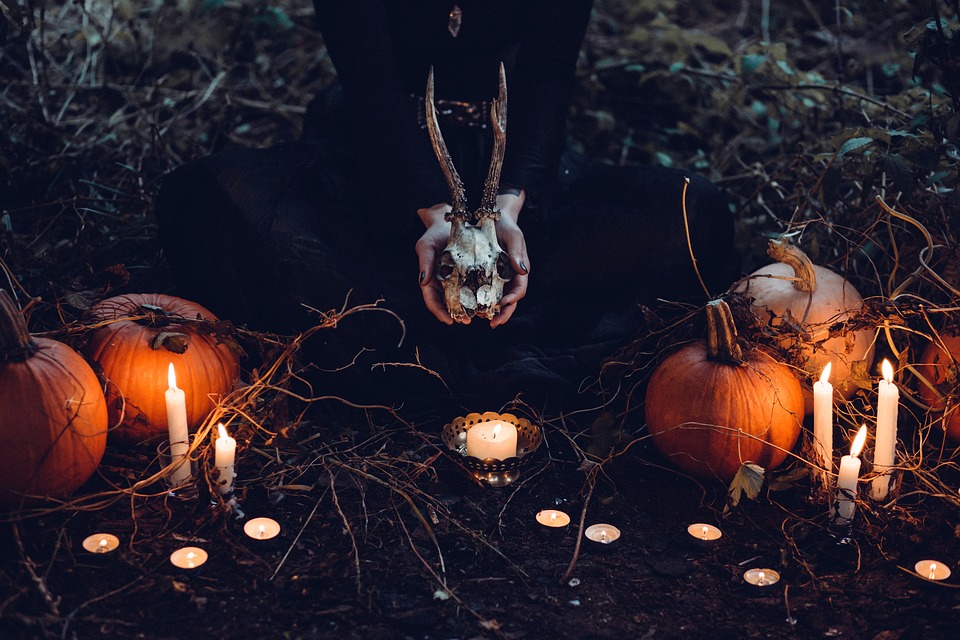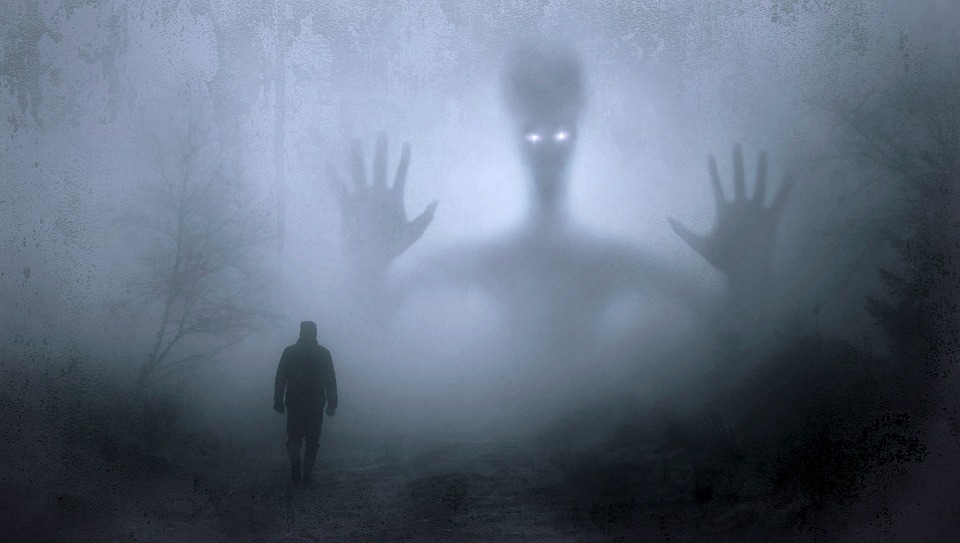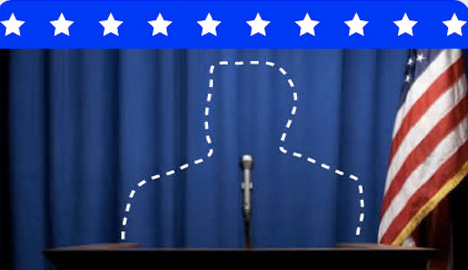The Friends of Fear
Halloween wraps fear in innocence, as though it were a slightly sour sweet. Let terror, then, be turned into a treat… — Nicholas Gordon
 Of all the holidays, there is probably none more psychologically puzzling and scientifically fascinating than Halloween. And this year, that night of ghouls and witches fell squarely on blog day.
Of all the holidays, there is probably none more psychologically puzzling and scientifically fascinating than Halloween. And this year, that night of ghouls and witches fell squarely on blog day.
It was almost like a faint voice called on me to write about the psychology of fear…
In previous posts, I have told a scary story for Halloween, while at other times, I have told my one experience seeing a ghost. Most relevant to psychology, though, I’ve discussed how wearing a mask on Halloween can greatly (and antisocially) impact your behavior.
But let’s plunge deeper into the black and oozing heart of fear to better understand why we mortals so frequently seek out the terrors of the night…
IT LINGERS

In general, although participants found the haunted house frightening, about 50% of them reported being in a better mood after the harrowing experience than they were before. (Only 17% reported feeling worse off.)
But how could something meant to be unpleasant result in more positive emotions subsequently?
The researchers suggest that this improved mood occurs through a process known as “pain offset.” That is, following the tense anticipation of being frightened (and then actually being frightened), the relief at the end of the experience makes one feel great.
Kind of like waking up from a dream where you forgot to study for a test, that relief you feel at not actually having a test can be pretty rewarding. The same process happens with scary experiences! Thus, it’s not the fear per say that we crave, but that feeling of relief when those negative stimuli are removed.
 CREAK… CREAK…
CREAK… CREAK…
Now, lots of chemicals in the brain get released when we’re afraid, but one I find the most interesting is dopamine. This neurotransmitter can serve many purposes, but the two most important to today’s discussion are learning and pleasure.
A lot of research shows that the release of dopamine in the brain is heavily involved in learning new tasks and associations. For example, the more dopamine released in response to a particular behavior, the more likely we are to remember and enact that behavior in the future. In part, this is due to the affective pleasure that dopamine elicits.
Dopamine is strongly associated with the reward center of the brain, meaning that when dopamine is released, we feel good. And the more we feel good doing something, the more likely we’re to do it in the future.
Now, when we’re in scary situations (e.g., a haunted house, a horror movie), our brains use these experiences as “practice” for how to respond to future scary situations. To help us learn the proper reactions, then, it releases dopamine into the brain to reward us. But as we described, dopamine is pleasurable.
So, at the same time we’re being scared, our body is releasing dopamine to help teach us how to react in the future, which at the same time feels good. Altogether, this makes us more likely to seek out these scary experiences!
OOOOOoooooOOOOO

So, go out there and have a fun and scary time tonight! But, if you’re trying to help yourself get control over the haunted gathering you’re attending, just remind yourself: you now understand some of the psychological and physiological processes of fear–and knowledge is the first step to control!
Spookily
jdt
Everyday Psychology: When it comes to scary experiences, some people really don’t like them. So, if you’re one of these people, what can you do to help engage with frightening experiences? First, it’s good to know that some people are just more sensitive to stimuli than others. As a result, people who are higher on what’s known as “sensation seeking” (i.e., these people seek out experiences that provide intense stimulation like sky diving, really loud music, even scary movies) get more thrill from stimulating experiences (e.g., haunted houses). But for those who are not high sensation seekers, one thing to do is to try to emphasize the control you have over the experience. For example, when watching a scary movie, try to imagine the director behind the camera, all the light crew standing beside him/her, even what the actors are like after the director yells “cut!” Reminding yourself that YOU have control over the outcome of a situation (e.g., you can leave a haunted house whenever you want) helps to reduce the stimulation of those frightening sensations.
Abraham, A. D., Neve, K. A., & Lattal, K. M. (2014). Dopamine and extinction: a convergence of theory with fear and reward circuitry. Neurobiology of learning and memory, 108, 65-77.
Kerr, M., Siegle, G. J., & Orsini, J. (2018). Voluntary arousing negative experiences (VANE): Why we like to be scared. Emotion.








